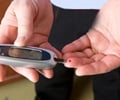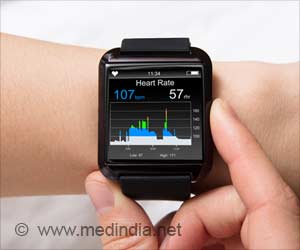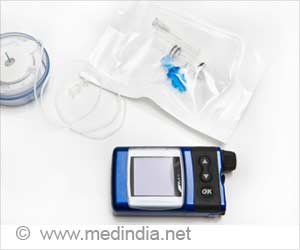NAYANA (which means 'eye') - a venture funded by the World Diabetes Foundation (WDF) in Karnataka state (India) is indeed a great boon for the rural people living with diabetes retinopathy.
NAYANA (which means 'eye') - a venture funded by the World Diabetes Foundation (WDF) in Karnataka state (India) is indeed a great boon for the rural people living with diabetes retinopathy.
Three years ago when the van was first introduced in this area retinopathy treatment was only been available at certain urban hospitals. This means travelling 200-300 Km to access such care, resulting in huge barrier for people who live in rural areas and semi-urban areas. However, now Karnataka has achieved impressive results after introducing a unique to bring the treatment out the patients.Every month the van visits 23 locations across 13 districts catering to the needs of 18.31 million people. These locations consist of 8 Eye Hospitals/Eye Departments Of larger hospitals, 3 Government hospitals and 11 other clinics.
"We have completed 375 field days. We see an average of 33-34 patients per location. This is the only van in India which is providing these kinds of facilities for the prevention and treatment of diabetes retinopathy,' said Dr. Shivaram, a senior ophthalmologist and coordinator of this mobile eye care van, based in Yalundar, Karnataka. He further said, 'After the introduction of this van, 80 per cent of the people living with diabetes in rural areas have started getting treatment of retinopathy.'
People living with diabetes in this area have made a Diabetes Forum. This forum organizes periodical meetings to address the problem of diabetes. Mr. Mahadev Appa, a patient of diabetes retinopathy and retired government employee, said, 'I had been suffering from diabetes for the last 20 years. However, I had no idea about diabetes retinopathy till 2 years back when this van came to my village, B.R. Hills. Then I got myself checked and was diagnosed with diabetes retinopathy. I immediately started taking treatment and today my retinopathy problem is gone." His 24 years old daughter Gayatri feels that her father has got a new lease of life.
The increasing number of diabetes mellitus cases pose major health care challenges in India. According to the WDF, diabetes is the leading cause of blindness worldwide. In India it is estimated that one in five people who have had diabetes for more than 10 years will develop diabetic retinopathy.
The main stages of diabetic retinopathy are:
Advertisement
(ii) proliferative - symptoms of which include: blurred or double vision; reduced vision; and dark or floating spots.
Advertisement
People progress from pre-proliferative to proliferative diabetic retinopathy when new blood vessels grow from, and across the retina in response to lack of oxygen delivered by the original vessels. This is called neovascularisation. However, these new vessels are very weak and are even more likely to break and bleed into the clear gel (the vitreous) that fills the back cavity of the eye, blocking vision. Scar tissues may also form near the retina, detaching it from the back of the eye and resulting in blindness. Diabetic Macular Edema
This is a common complication associated with diabetic retinopathy. It corresponds to a swelling in the macula, one of the areas of the retina. When some of the small blood vessels in the retina are blocked, the surrounding ones dilate to compensate for this. The dilated vessels are generally leaky and fluid builds up in the macula, which in turn causes the macula to swell and cease to function. It is the most common cause of visual impairment in patients with non-proliferative retinopathy. Loss of vision can occur suddenly and treatment is not very successful.
Treatment
'There is no pharmaceutical therapy available at present that stops the progression of diabetic retinopathy. However, lasers are widely used in treating diabetic retinopathy.. Laser is an intense and highly energetic beam of light that emerges from a light source and is focused on the retina' said Dr. Shivaram.
Nayana is thus actually rekindling the light in many eyes, which would otherwise have become sightless.
Source: Amit Dwived (CNS).














